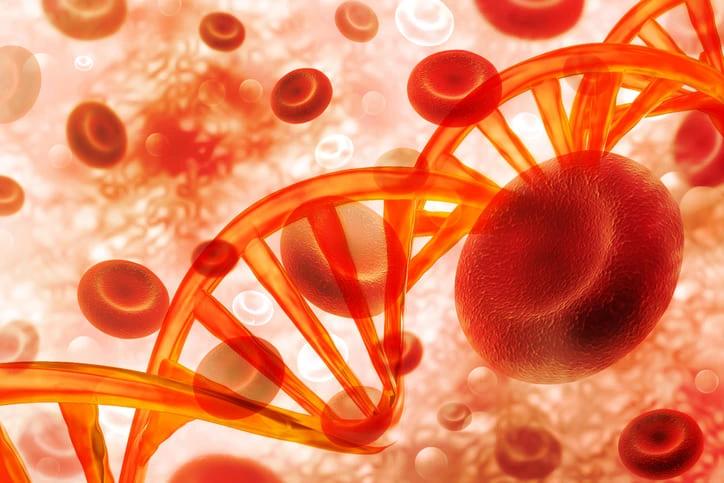KEY TAKEAWAYS
- The phase 1 trial aimed to investigate the synergistic potential of the autophagosome vaccine, with anti-GITR and anti-PD-1, in sustaining the HNSCC pts.
- Researchers noticed enhanced intra-tumoral T-cell activation and effector molecule expression; further information will be provided later.
The group devised an ‘off-the-shelf’ multivalent proteasome-blocked autophagosome vaccine targeting genes overexpressed in adenocarcinoma and squamous cell cancers. This strategy, leveraging in vitro antigen presentation manipulation, concentrates MHC-presented epitopes, including SLiPs, defective ribosomal products (DRiPs), and Dark Matter, potential shared neoantigens. Preclinically, this vaccine exhibits significant standalone protection and heightened efficacy with anti-GITR and anti-PD-1 in metastatic head and neck squamous cell carcinoma (HNSCC). Hypothesizing augmentation of the anti-cancer immune response, a phase I clinical trial (DPV-001 with anti-GITR and anti-PD-1) commenced, with preliminary immunological monitoring data presented.
Christopher Paustian and his team hypothesized that combining anti-GITR with DPV-001 human vaccine and anti-PD-1 enhances immune response expansion and mitigates contraction in anti-cancer immunity. Initiated as a phase I clinical trial, they presented the preliminary data from immunological monitoring.
The study performed an inclusive analysis on patients (pts) with recurrent or HNSCC who received DPV-001, along with sequenced checkpoint inhibition (aPD-1 mAb; retifanlimab), with or without aGITR agonist mAb (INCAGN1876). Tumor biopsies were obtained pre-treatment, at weeks 2 and 8, while blood samples were collected pre-treatment and at various time points. The samples underwent analysis using flow cytometry and seromics. Additionally, tumor biopsies and blood were assayed through CITE-seq, scRNA-seq, BCR-seq, and TCR-seq techniques. Multiplex immunofluorescence (mIF) was performed on the biopsies to comprehensively assess the treatment’s impact.
In the assessment of the initial four pts, tumor-infiltrating T cells at week 8 displayed an average increase of 4.3-fold from pre-treatment levels (range 2.9–6.7, P=0.032). The density of CD39/CD103 double-positive cells, previously indicative of tumor-reactive T cells, also exhibited a notable increase in all week 8 biopsies (mean 14.7-fold, range 5–40). Across all pts, elevated numbers of cells expressing IFN-γ and GZMB, as well as increased quantities of LAG3+ T cells, were observed in week 8 biopsies. Preliminary TCR evaluation of the tumor revealed the proliferation of clones not previously detected in peripheral blood lymphocytes (PBL), including αβ T cells, iNKT, and MAIT cells. Additionally, the expansion of clones predating treatment initiation was identified in the analysis.
The study concluded that the observed increase in intra-tumoral T cells expressing activation and effector molecules is promising. Ongoing studies aimed to broaden the pts cohort for a more comprehensive analysis.
The heightened expression of LAG3 in infiltrating and expanded T cells within the tumor provides a rationale for considering anti-LAG-3 in this treatment approach. Future plans involve assessing whether immune responses target shared non-canonical alternative neoantigens, including Dark Matter in DPV-001, and investigating whether antibody responses can identify targets of cellular immunity.
The study is sponsored by Providence Health & Services
Source: https://jitc.bmj.com/content/11/Suppl_1/A771
Clinical Trial: https://clinicaltrials.gov/study/NCT04470024
Paustian C, Moudgil T, Rajamanickam T, et al. (2023). “Multi-parametric assessment of the immune response to a trio immunotherapy in patients with recurrent or metastatic head and neck squamous cell carcinoma.” Presented at SITC 2023 (Abstract 680).



